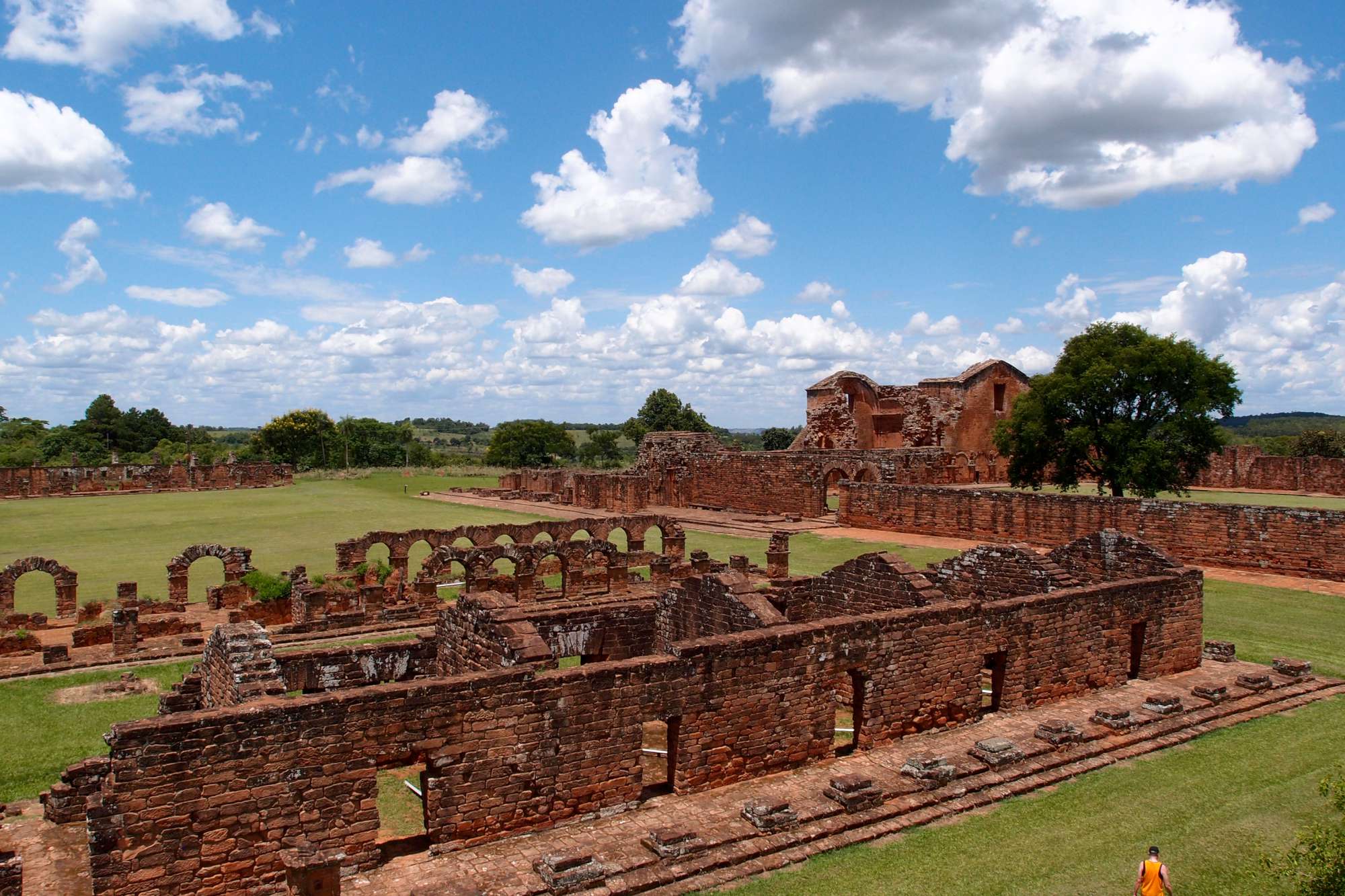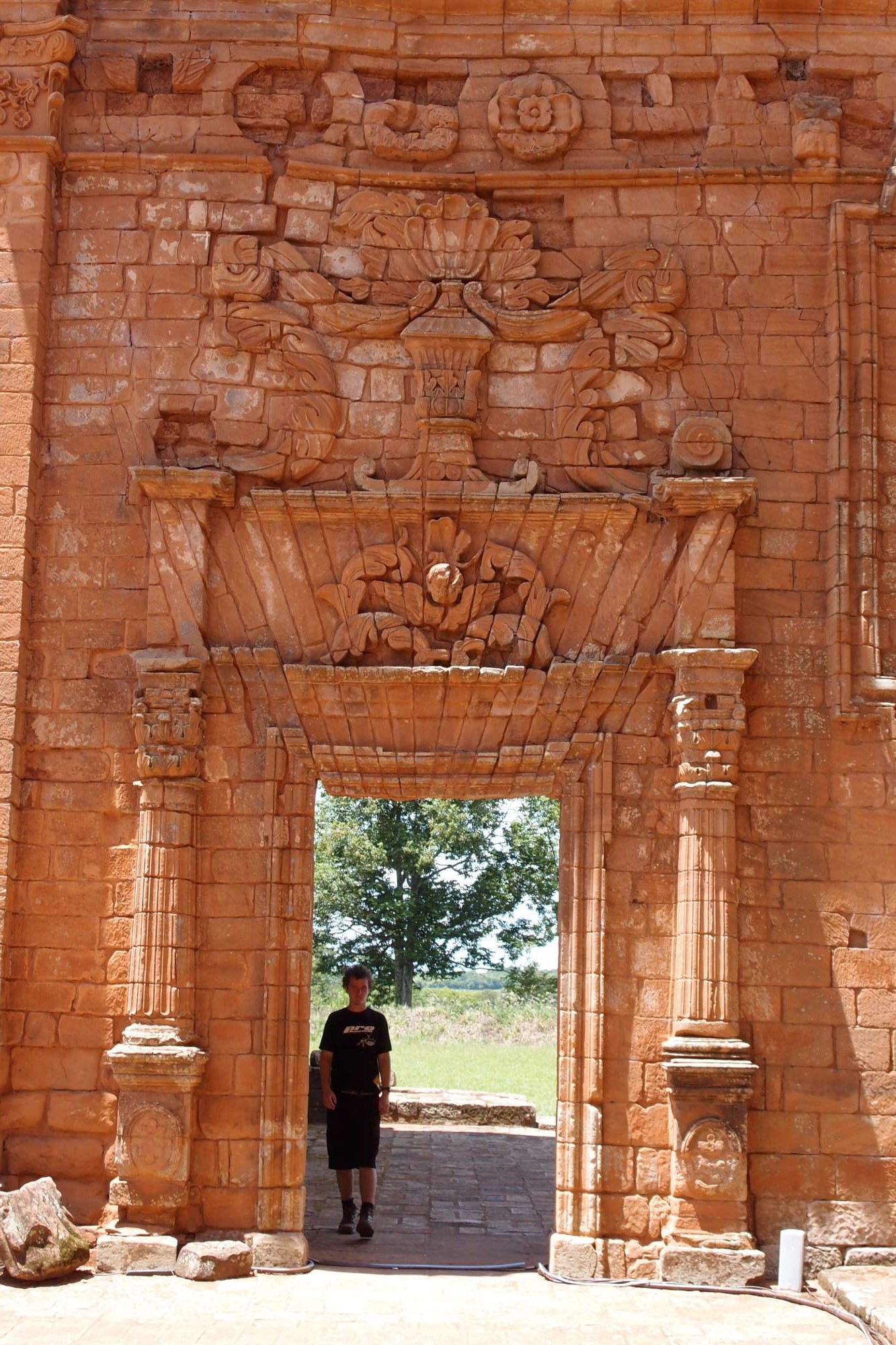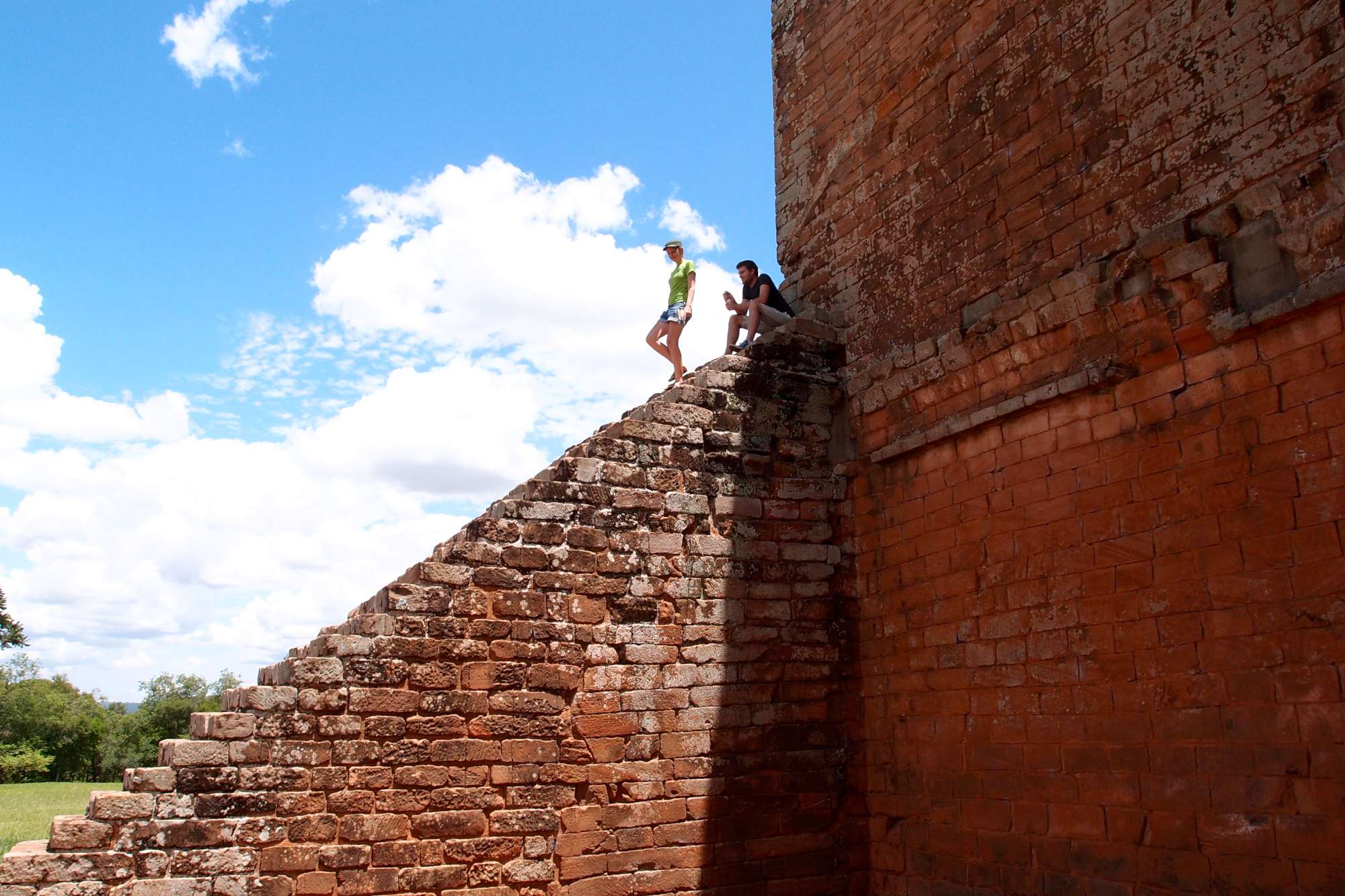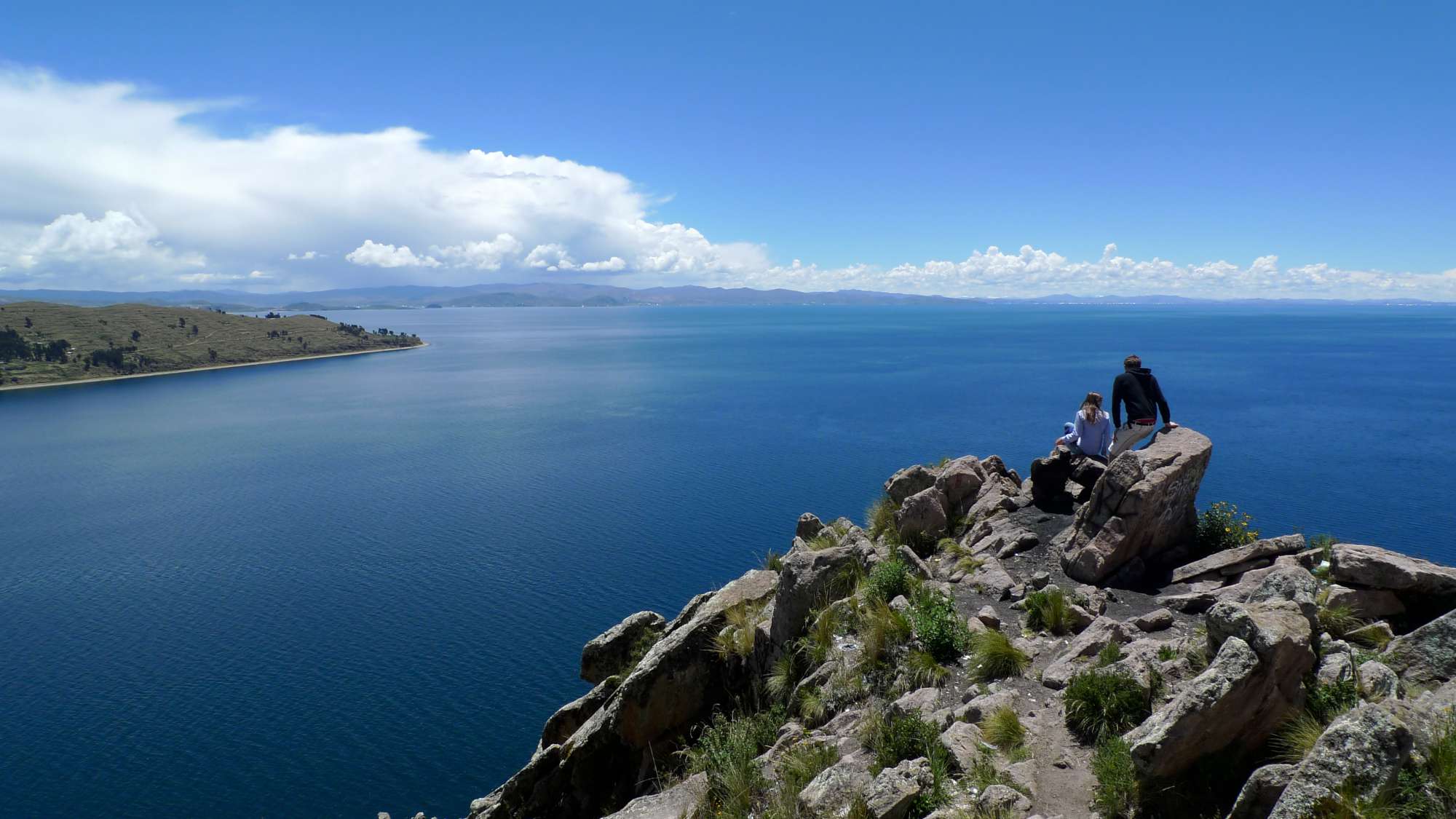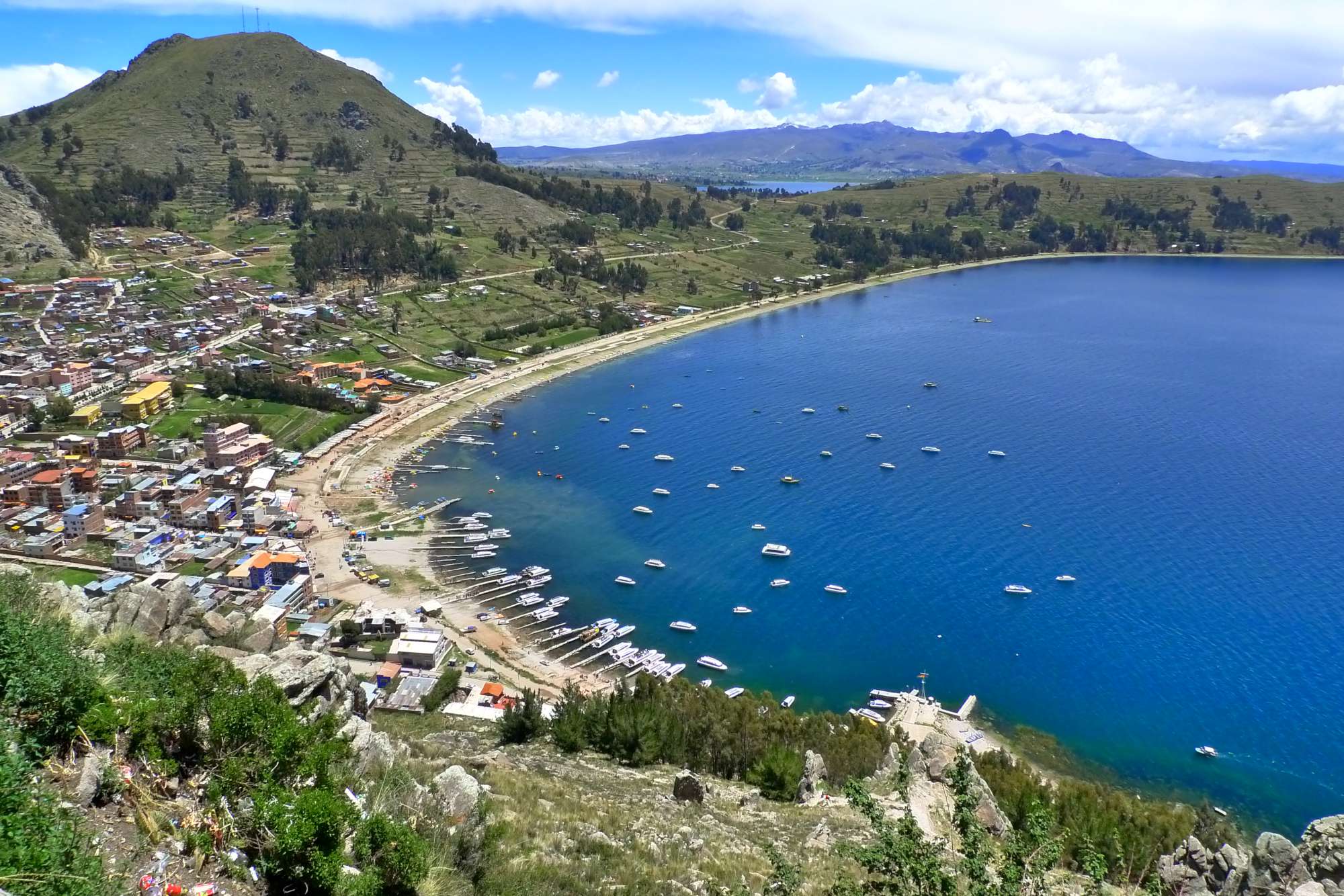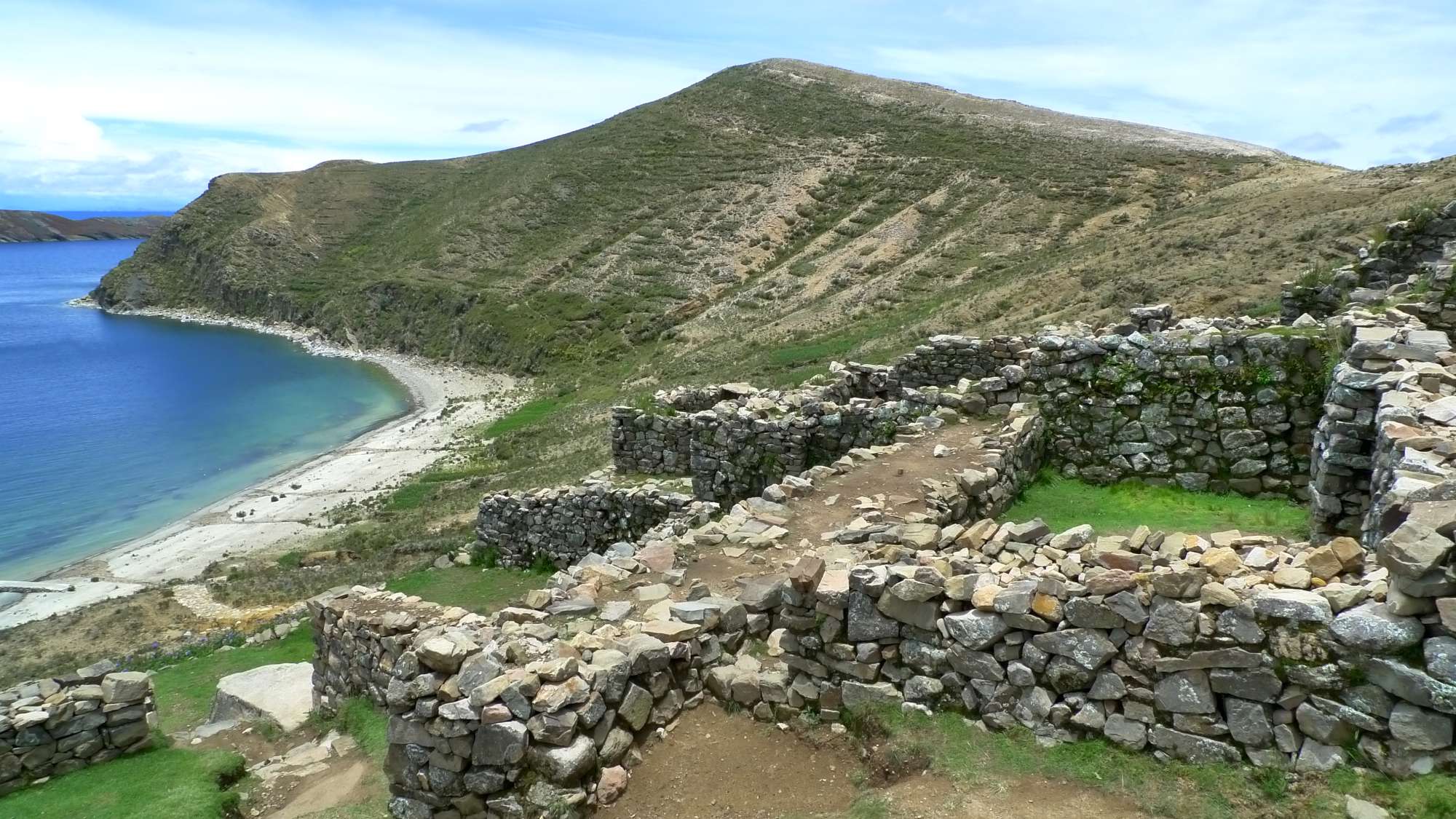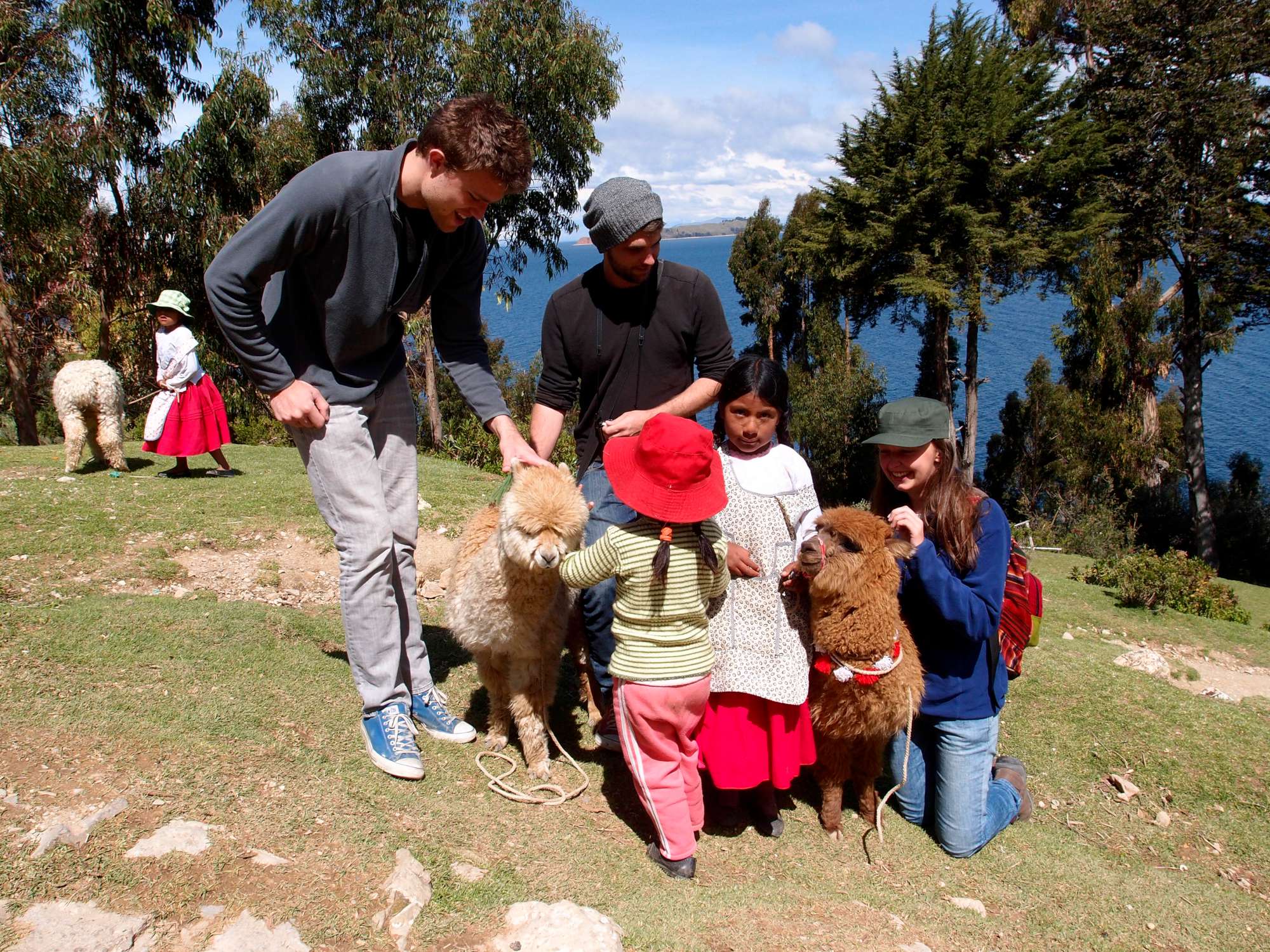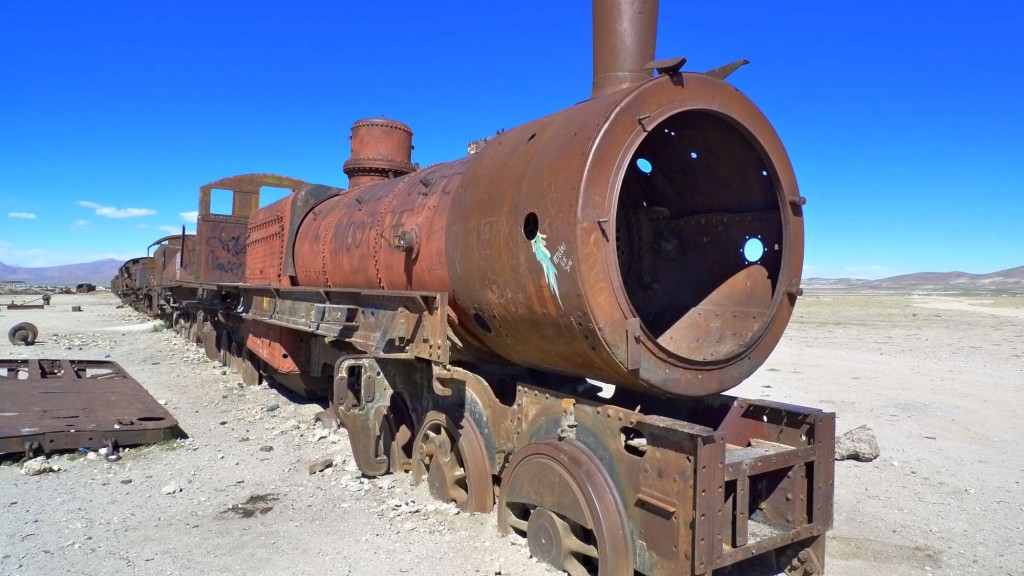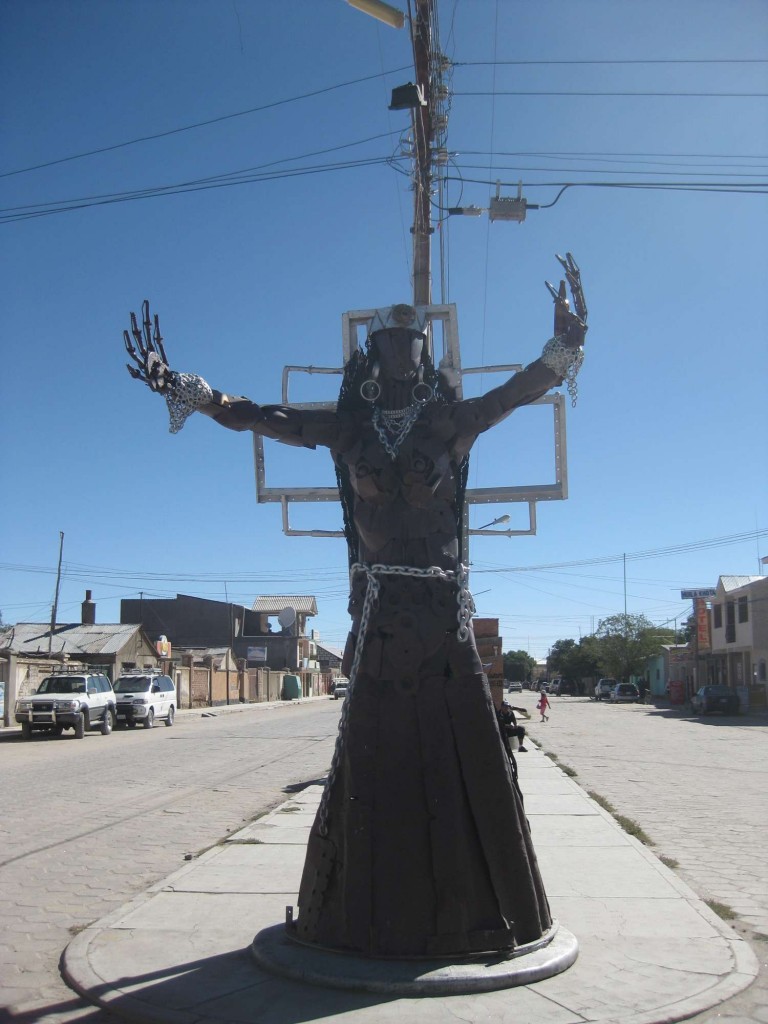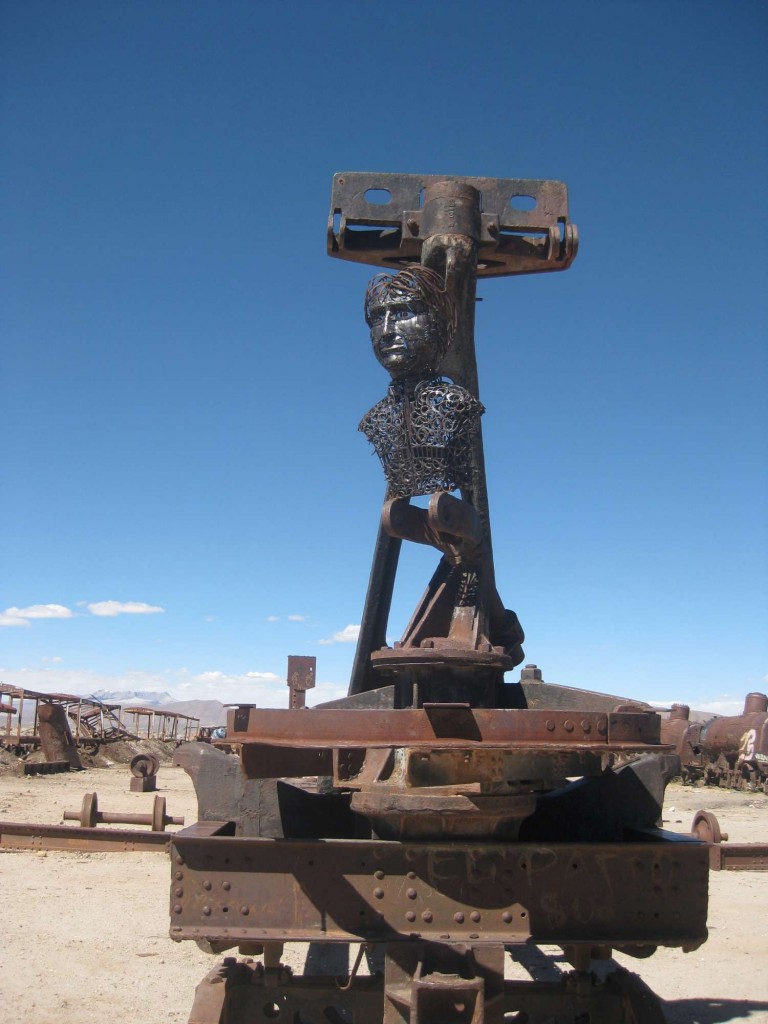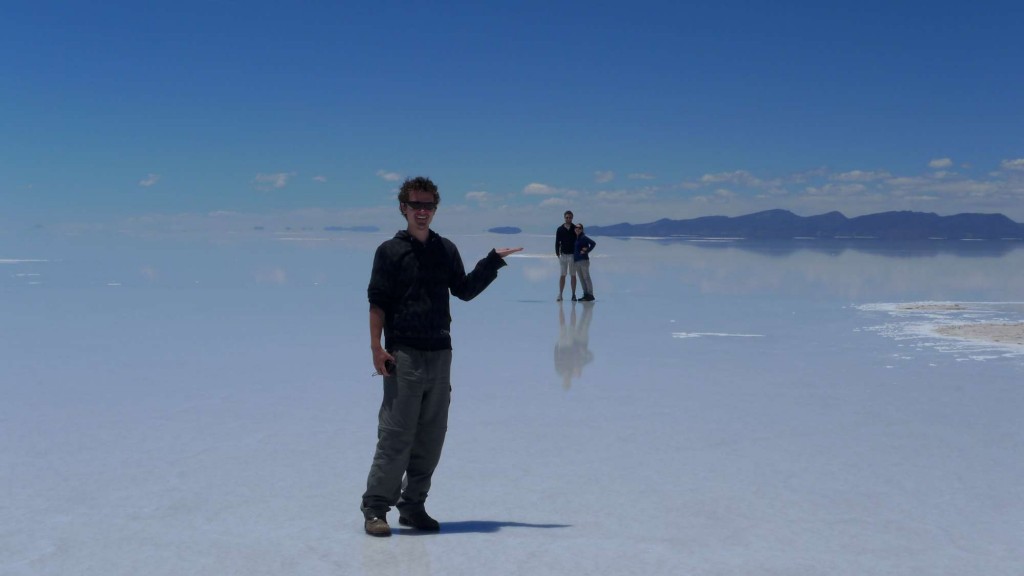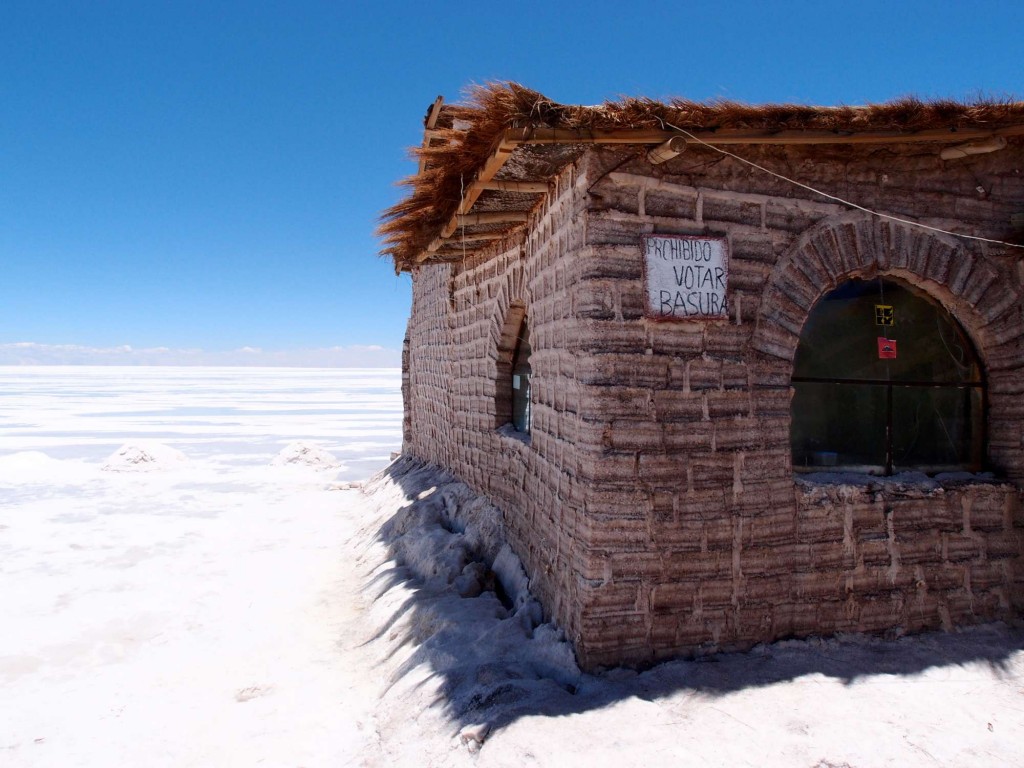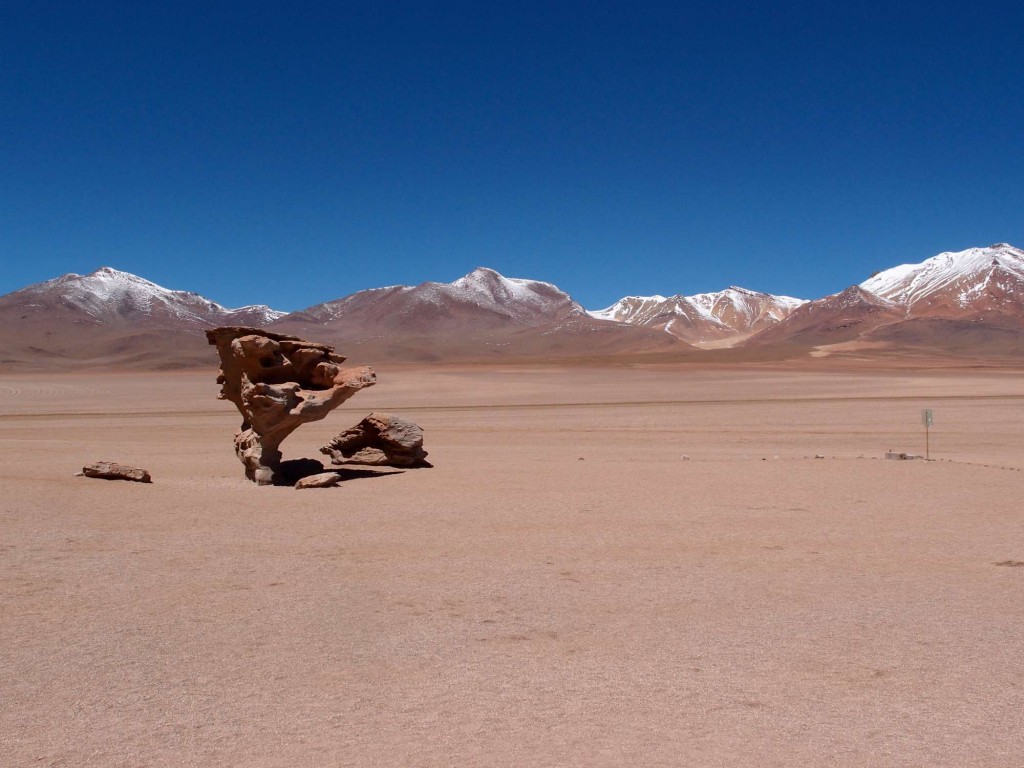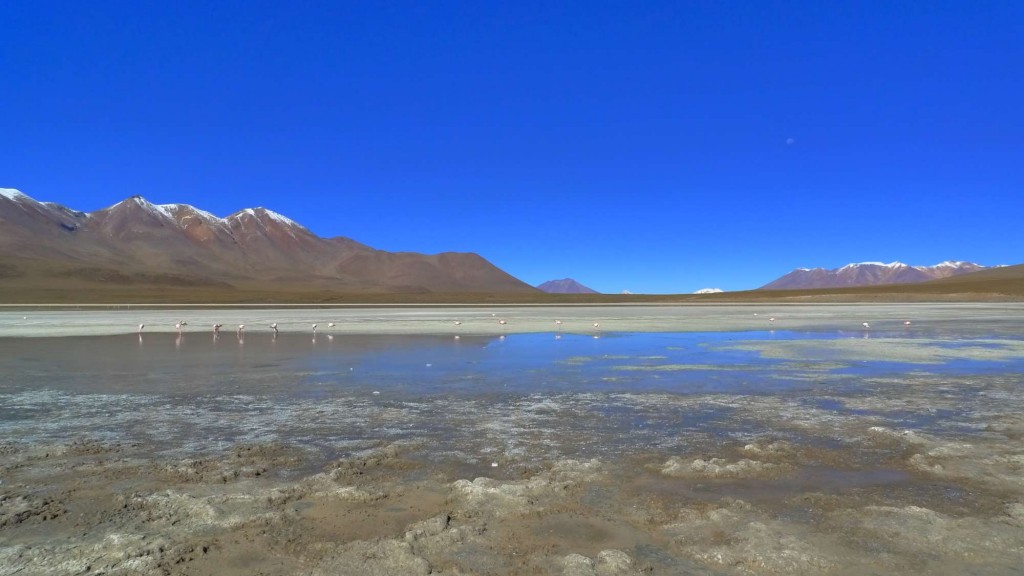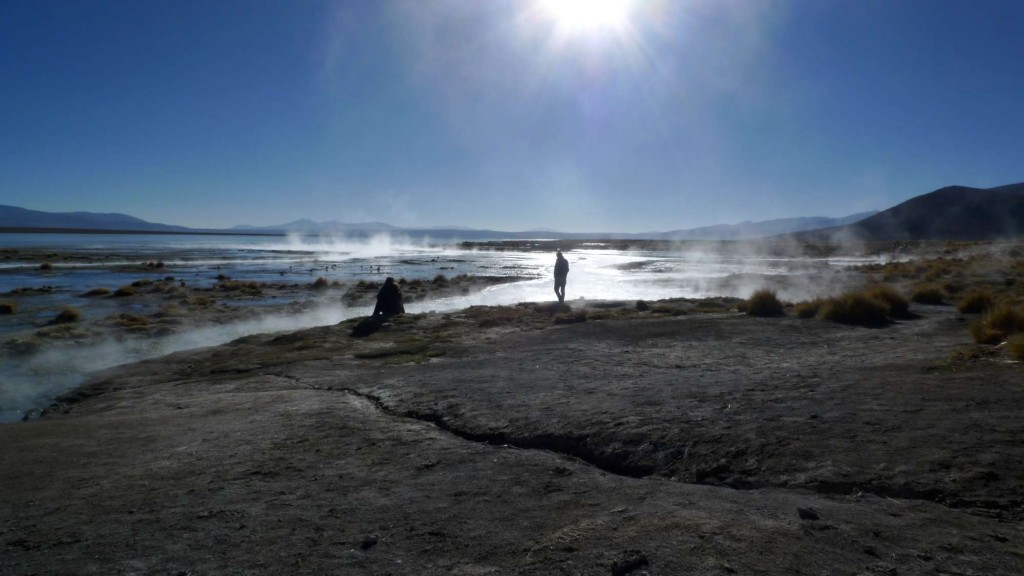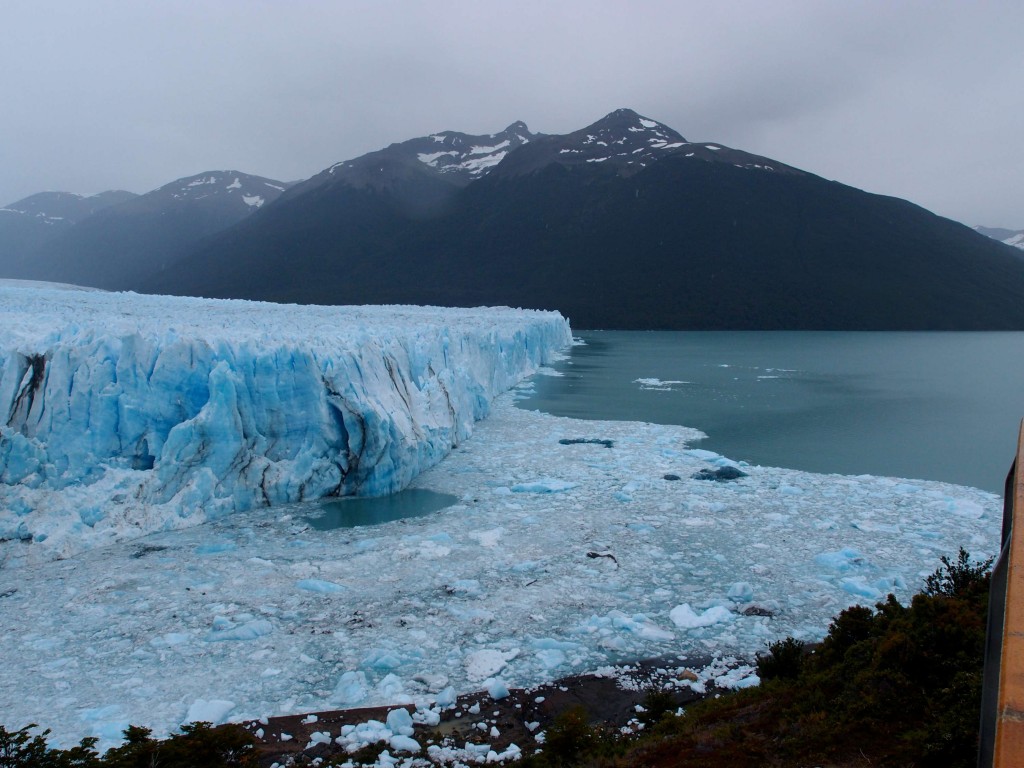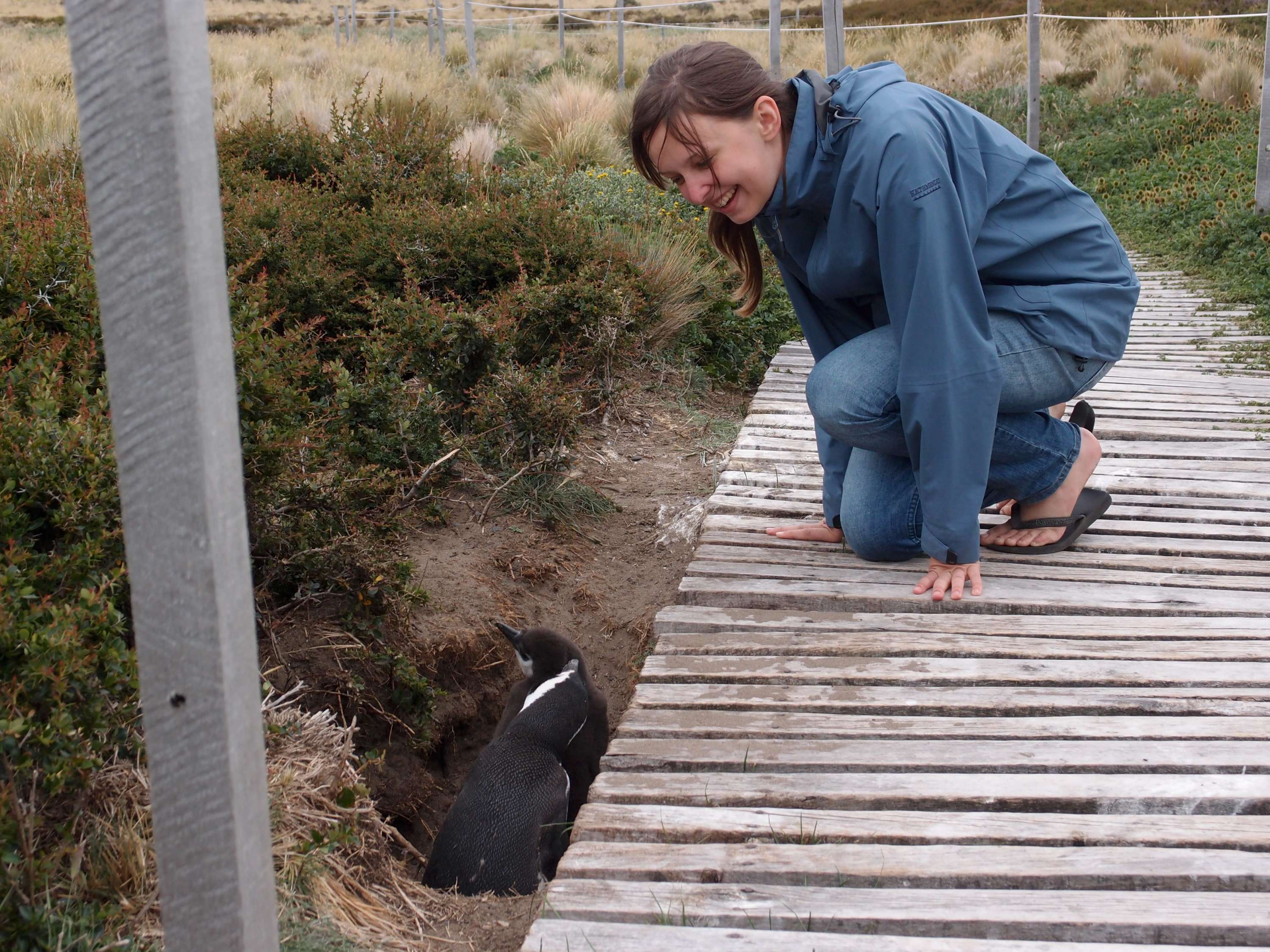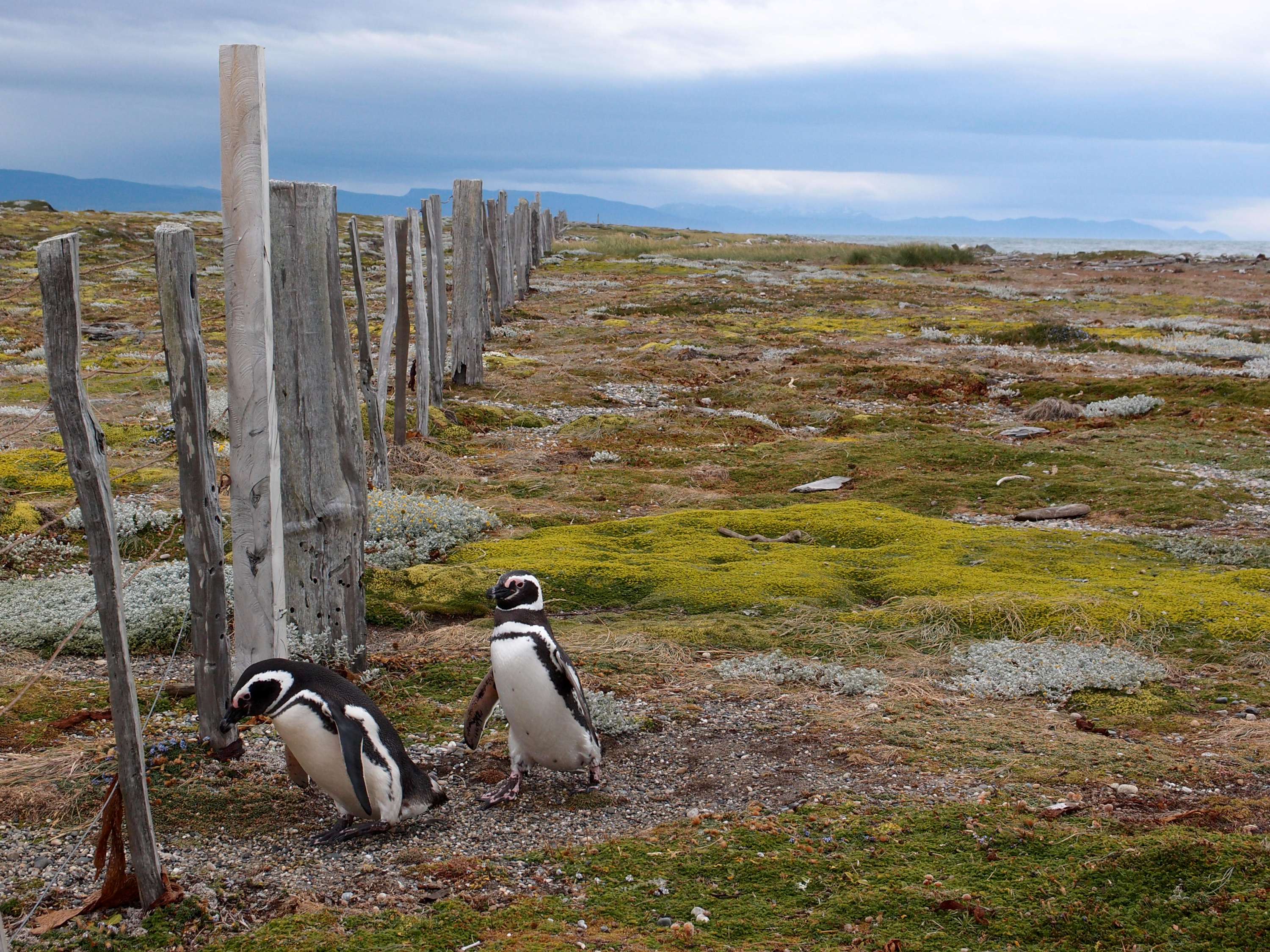After our return from Copacabana we boarded the first available flight to Rurrenabaque (Rurre), a remote village in the depths of the Bolivian Amazon. The plane was a 40 seater twin-propellered contraption which felt well overdue for cleaning and maintenance; it creaked a lot and the sealing was pealing off all the windows. After a turbulent takeoff the flight was beautiful, passing over the edge of Bolivia’s alpine plain and into the lower mountainous jungle of the amazon basin. Unfortunately, the windows were so encrusted with filth and dust to the photo opportunities were limited.
Rurre’s airport was a tad more rustic them I’m used to (in fact I quietly suspect it was once a house whose driveway was extended to form a runway) with dense jungle only a few meters from the landing strip. Exiting the plane we were met by 35 degree tropical humidity which was a welcome change after the dry, cold and thin air of La Paz and the other mountainous places in which we have spent our last 2 months.
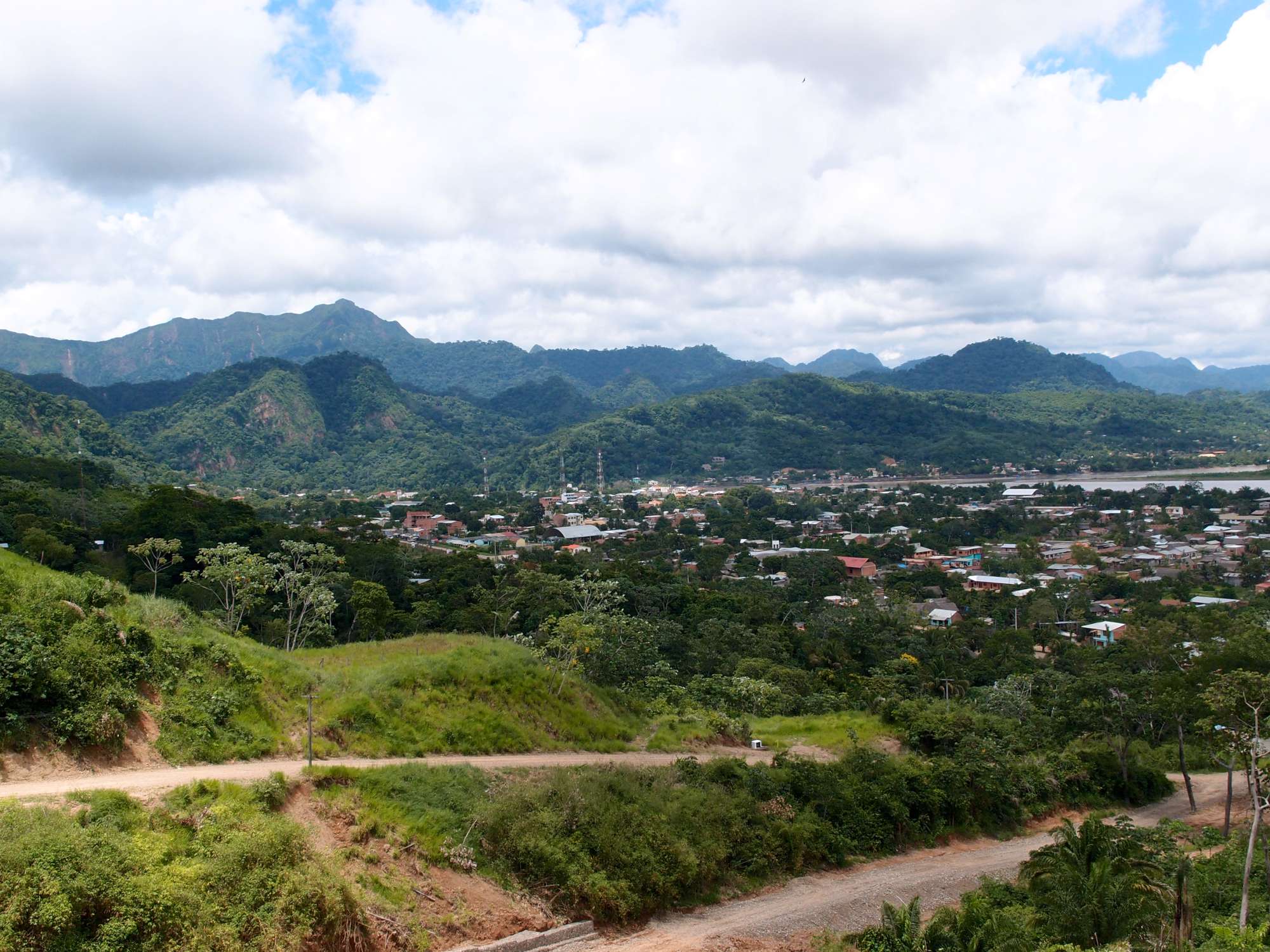
Rurre
Rurre itself felt much the same as I imagine most towns in tropical wilderness feel- Comparisons can be drawn to most villages in Cambodia or Vietnam, with little thatched roof houses, temporary junk stalls on every street corner, and about 20 small motorbikes in any possible field of vision. The native people even look surprisingly similar to South-East-Asians. Having never been to true jungle myself, it was still a novel experience, though this said, Hollywood has made the jungle feel very familiar; driving on the dirt road through the Amazon between the airport to the Rurre I half expected to be stopped be a group of Sudanese Militants armed with AK47′s (fortunately this didn’t happen).

Stacked turtles in Rurre
After a few days of doing very little other than basking in the heat we had all been missing, we decided it was time to venture out into the real jungle. On our search for tour information we made friends with a Brazilian jungle guide, Daniel, who turned out to be a great source of highly dubious jungle knowledge. For instance, he informed us with great confidence that the amazon river dolphin was the smartest animal on earth and was able to read past, present and future human emotions. He also told us that they could directly communicate with ‘mongoloid children’ (seeing as ‘mongoloid’ has been considered an offensive term for Down-syndrome, for some years, I suspect he may not have been up to date with latest the peer-reviewed research in the area). He pretty much constantly smoked enormous joints which he rolled from paper torn from a notebook, so I think he was either a bit addled from all the pot smoking, or at least saw things in some spiritual way which didn’t directly correspond with the way that we see reality. He was a good guy though generally, and ran a pretty legitimate tourism agency, but most importantly was about the only person in town who spoke a word of English. So, we let him talk us into a three day tour of ‘pampas’, a kind of flooded savannah which is not really the ‘jungle’ per se, but is actually home to most of the animals which are generally thought to live in the jungle; anacondas, jaguars, monkeys etc.
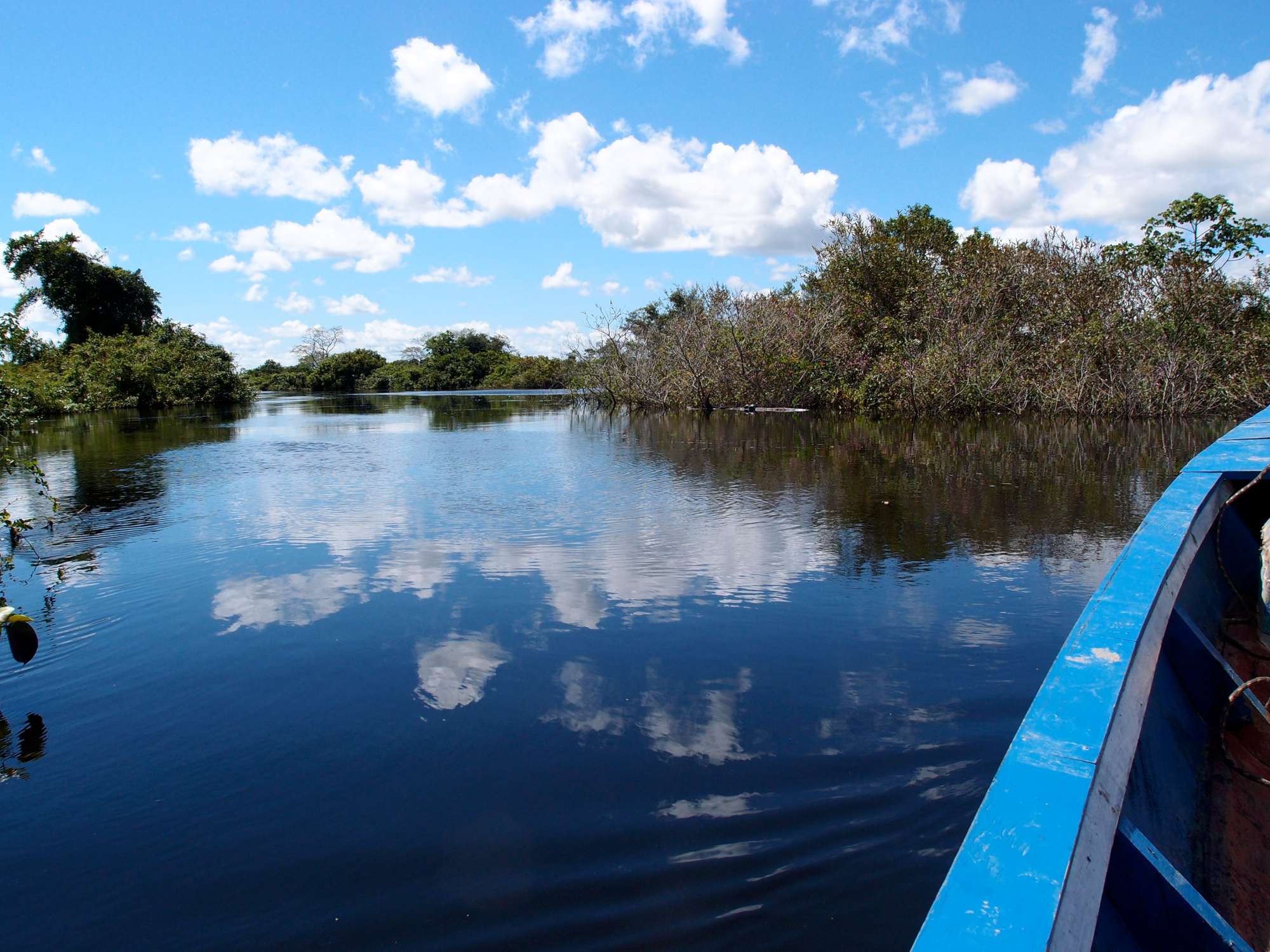
Our boat on the way to the pampas
The tour turned out to be one of the best things I’ve done. The camp where we slept and ate was a Venice-like mini-village held above the water on pillars. The wildlife would move in and around the camp, seemingly un-bothered by the people there. The camp had a ‘pet’ 2m Caiman which you could pat and feed things to, and sometimes massive Black Caiman (A crockodilian creature which can get up to about 6m) would swim around under the kitchen building looking for scraps. We also saw many many monkeys and on a side trip saw a baby anaconda, not to mention a lot of bizarre and interesting bird species.
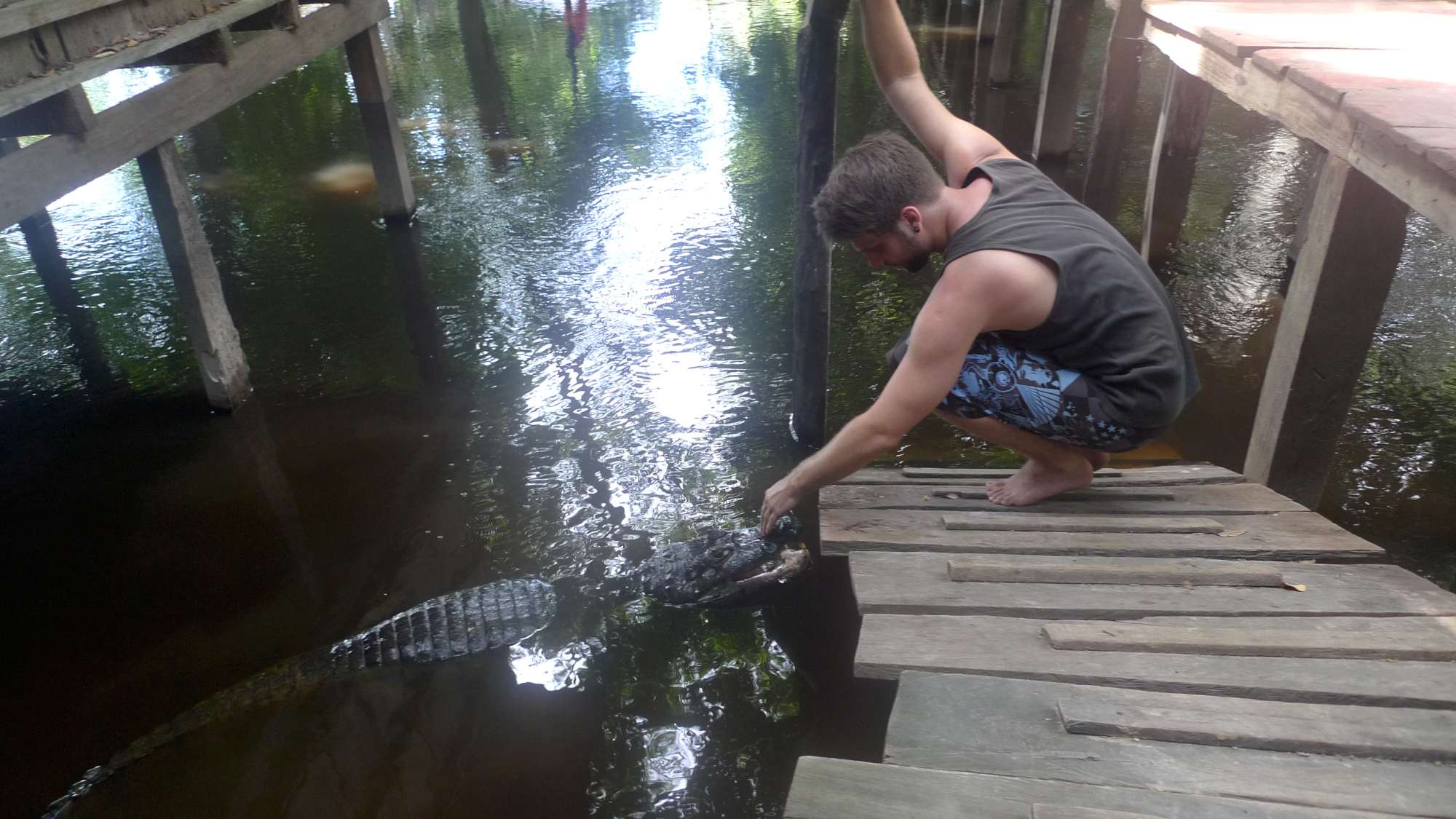
Mark playing with Antonio the caiman
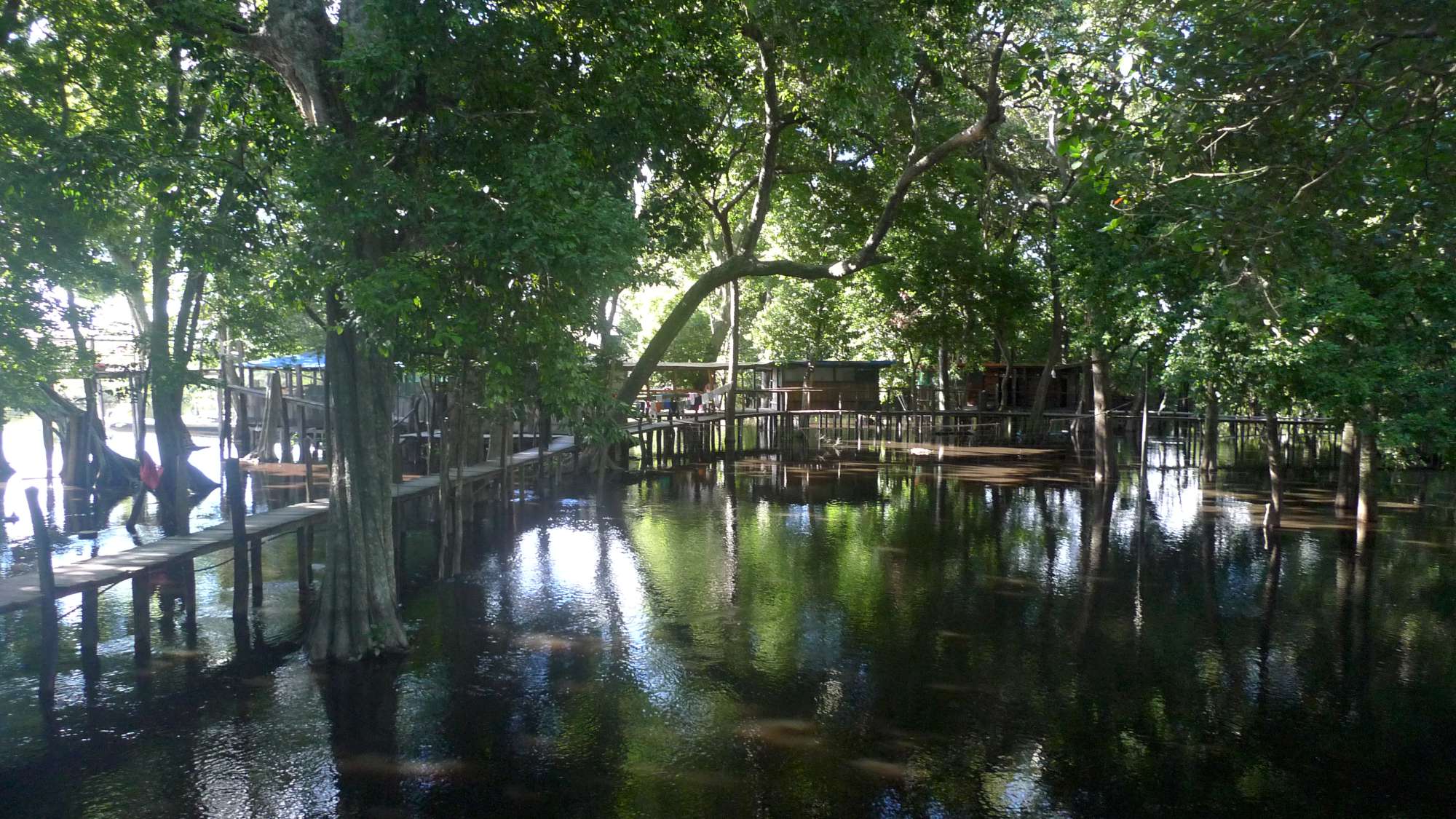
The camp
the second day we swam with the pink river dolphins. At first I thought we would just be in the same water somewhere near them, but the dolphins seemed to actually like people and come over to play with the swimmers. Its amazing because these dolphins are totally wild, they have never been fed humans and are in no way confined, they just seem genuinely curious. Some people rode them around for a bit, holding onto their fins. I only touched them a few times, but they loved Mark and Anna and gave them both a lot of attention.
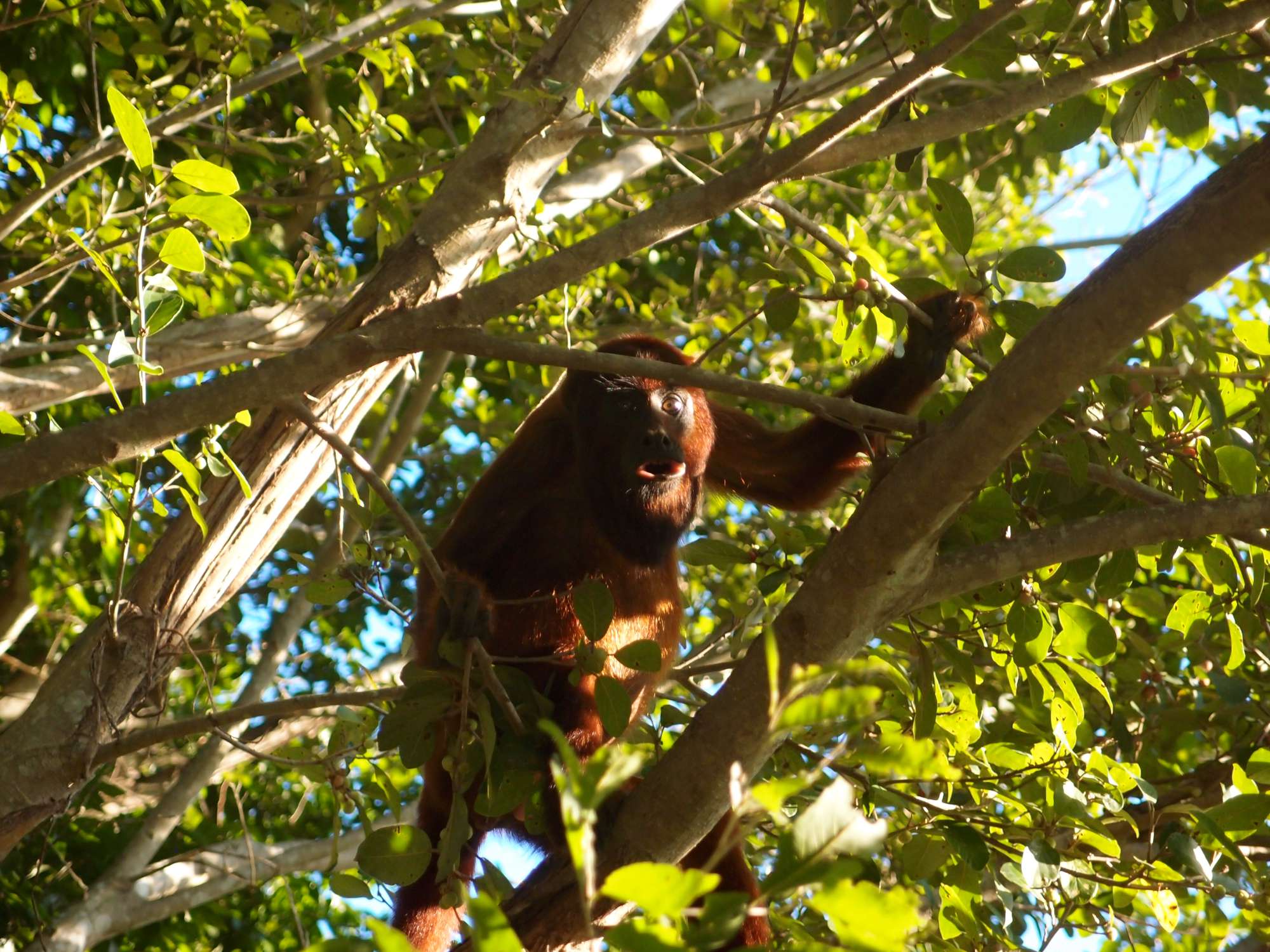
A howler monkey in our camp

Some young capybaras- the world's largest rodent

Toucan!

Squirrel monkeys in the camp
After we returned from the Pampas tour, we thought we had best see the true deep and dense jungle, so on Daniels advice went on a jungle walk to a ‘zipline’ (flying-fox) facility thing. The one we went on was supposedly the highest in South America, reaching up to 50m. It also had some of the longest lines, some around 300m. All the lines were attached to enormous trees and between turns, we had to wait on these little swaying platforms above the canopy. It was a little terrifying but seemed safe and the locals running the operation were very professional and proud of their system.

Mark on the zipline
After nearly a week of activities and restaurant eating, we thought we had blown enough money, so, in a retrospectively terrible decision, we decided to take the bus back to La Paz for $10, rather than spending $80 on the return flight. I think our journey can best be described as the ‘bus trip from hell’, and I strongly recommend that anyone who isn’t the most extreme kind of masochist catch the plane to and from Rurrenabaque.
We should have gotten the hint when we heard that the trip was 18hours, but only covered 450km, averaging a speed of something like 25km/h. The road was so bad that riding on it felt like operating a jackhammer on a boat in turbulent waters, continuously, for about 22 hours (it took longer than it should have). Most of the trip was on roads similar to the death road, about 3-4m wide, and with a rockwall on one side and a 400m drop on the other.
Though the trip would have been just awful in the best of buses, our bus was probably one of the worst. To begin a long list of terrible qualities, the bus had no toilets, and would go for 10 hours at a time without bathroom breaks. After about 8 toilet-breakless hours, when I felt like my bladder was going to explode, or at least suffer permanent damage, we asked the driver to please stop, but he refused, telling us not to worry and that we would only have to wait another 2 hours… Next, for some reason someone had torn off all the arm rests (I guess to cram more people onto the seats, or to make it easier for Bolivians to take their cages of chickens or other inappropriate things on the bus) which left these jagged metal stubbs jutting from between the seats. The roughness of the road caused us to be thrown into these metal pieces frequently, leaving us all with gashes, and nicks pants torn. To make it even worse, at some point during the trip my seat broke, so rather than being that nice slanted L shape that one expects of a bus seat, it became a perfectly straight slope running directly into the floor.
Oh, and also they completely overbooked the bus, so there were about 5 people standing at any time, often falling onto the seated people at a sharp corner or bump. Many of the families brought children for which they didn’t buy seats, and then decided to put them to sleep in little beds they made up on the floor of the bus, making any movement on the bus virtually impossible. On two occasions on Bolivian buses I have accidentally stepped on a sleeping child, one of which burst into tears immediately- I got a nasty look from the mother for this- and the other just kind of whimpered…
All in all it was a horrible experience. While Bolivia is an amazing country, if you want to travel here and be left with a generally positive view of the place, I strongly suggest you stay clear of the public transport system. The Amazon though was absolutely incredible though and if the plane wasn’t available – and I say this from the comfortable position of lying clean a hotel bed – it would actually still be worth taking the awful bus.
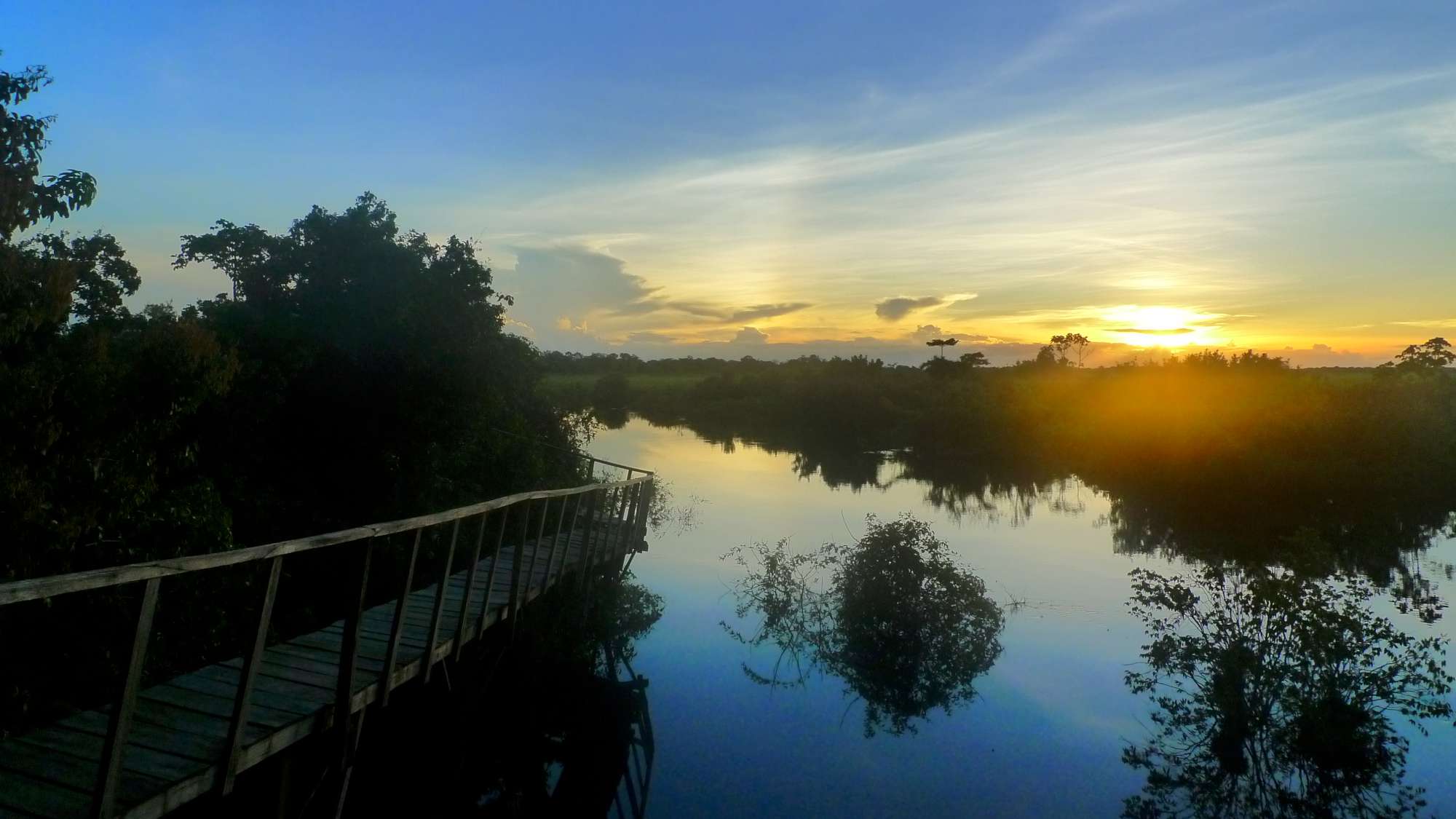
Sunset in the pampas
